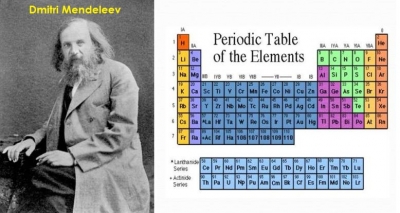
Elements are the building blocks of our world. They are the most basic form of a substance and are created by different combinations of protons, neutrons, and electrons. The combination of these different elements forms compounds. Humans discovered and started using various elements in the early societies. Back then people did not know their chemistry, but nevertheless, began using elements like carbon, copper, and gold.
Though many attempts were made to classify and tabulate these elements, the modern understanding of the nature of elements evolved from the work of a Russian Chemist, Dmitri Mendeleev. He published the first recognizable periodic table in 1869 based on atomic mass.
The present periodic table lists and arranges elements in the order of their atomic number. There are rows and columns in it. The vertical column in the table is known as a group, while the horizontal row is called a period. These groups are assigned numbers, and some of these groups have accepted names. For example, elements of group 17 are known as halogens; and number 18 is the group of noble gases.
By November 2016, the International Union of Pure and Applied Chemistry had recognised 118 elements. Of these, the first 94 occur naturally on Earth, and the other 24 are produced in nuclear reactions. Except for the radioactive elements, almost all other elements are available for scientific and industrial purposes in varying quantities.
Picture Credit : Google




